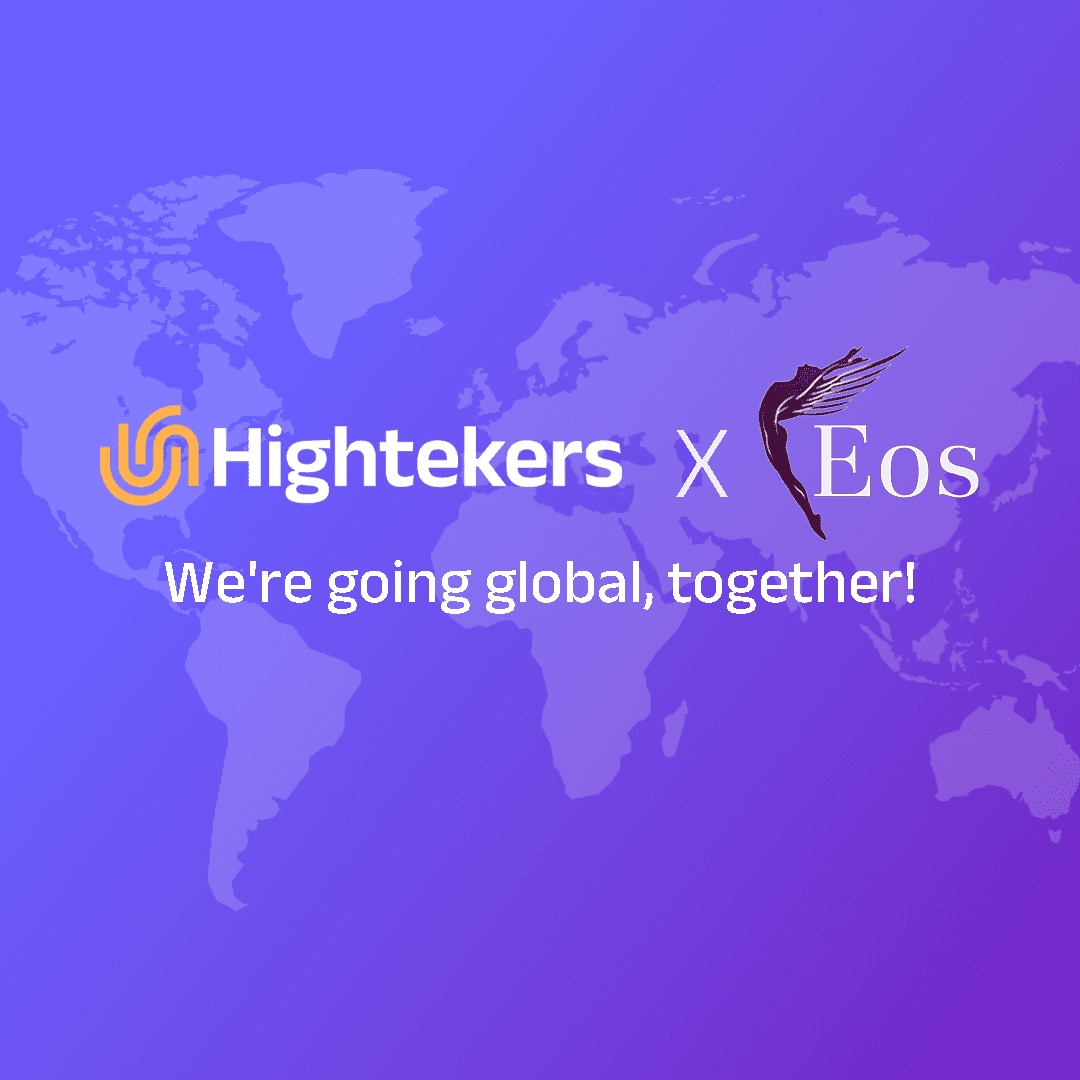Table of Contents
ToggleAs we navigate through 2024, many businesses are grappling with the question of whether it’s an opportune time to expand their workforce. The decision to hire is complex, influenced by economic trends, industry dynamics, and company-specific factors. Let’s examine the current landscape to help you make an informed decision about hiring in 2024.
The Economic Outlook
The global economy has shown resilience in the face of recent challenges. According to the International Monetary Fund’s World Economic Outlook update in January 2024, global growth is projected to steadily rise from an estimated 3.1% in 2023 to 3.2% in 2024 1. This moderate growth suggests a stabilising economic environment, which could be conducive to strategic hiring.
However, it’s important to note that economic recovery remains uneven across different regions and sectors. The World Bank’s Global Economic Prospects report highlights that while advanced economies are expected to see a slight uptick in growth, many emerging markets and developing economies still face significant challenges 2. This disparity underscores the importance of considering your specific industry and target markets when making hiring decisions.
Labour Market Trends
The labour market has undergone significant transformations in recent years, and these changes continue to shape hiring dynamics in 2024. The U.S. Bureau of Labor Statistics reports that the unemployment rate has remained relatively stable, hovering around 3.7% as of early 2024 3. This low unemployment rate suggests a competitive job market, which could make attracting top talent challenging but also indicates a healthy economy with strong consumer spending power.
An interesting trend to note is the continued prevalence of remote and hybrid work arrangements. A study by Gartner predicts that by 2024, 60% of employees will work remotely at least part of the time 4. This shift opens up new possibilities for hiring, allowing companies to tap into a global talent pool and potentially reduce overhead costs associated with maintaining large office spaces.
Skills Gap and Talent Shortages
Despite the overall positive economic indicators, many industries are facing significant skills gaps. A report by McKinsey Global Institute suggests that by 2024, there could be a global shortage of 85 million tech workers 5. This shortage is particularly acute in areas such as artificial intelligence, cybersecurity, and data analytics.
For businesses looking to hire in these high-demand fields, 2024 might present both challenges and opportunities. While competition for skilled workers is fierce, companies that can offer attractive packages, including flexible work arrangements and professional development opportunities, may find success in attracting top talent.
Read more: How to Upskill Employees: A Comprehensive Guide
The Rise of AI and Automation
The rapid advancement of artificial intelligence and automation technologies is reshaping the workforce landscape. A study by the World Economic Forum predicts that by 2025, 85 million jobs may be displaced by a shift in the division of labour between humans and machines, while 97 million new roles may emerge that are more adapted to this new division 6.
This trend suggests that while some traditional roles may become obsolete, new opportunities are emerging. Companies looking to hire in 2024 should consider how these technological advancements might impact their workforce needs and focus on roles that complement rather than compete with AI and automation.
Read more: Unlocking the Power of AI in Everyday Business Operations
Regulatory Environment
The regulatory landscape continues to evolve, with new laws and policies affecting employment practices. For instance, many countries and states have implemented or are considering implementing stricter regulations around gig economy workers, data privacy, and workplace diversity.
This complexity underscores the importance of staying informed about regulatory changes and potentially seeking expert guidance when expanding your workforce.
Conclusion: A Nuanced Approach to Hiring in 2024
Given the complex interplay of economic, technological, and regulatory factors, the decision to hire in 2024 should be approached thoughtfully and strategically. While overall economic indicators suggest a cautiously optimistic outlook, the specific circumstances of your industry, geographical location, and business needs should guide your hiring decisions.
For companies looking to expand their workforce, especially across international borders, navigating these complexities can be challenging. This is where our Employer of Record (EOR) services can provide invaluable support.
Our EOR services can help you:
- Tap into global talent pools while ensuring compliance with local labour laws
- Manage the complexities of international payroll and benefits administration
- Stay agile in your hiring practices, allowing you to scale your workforce up or down as needed
- Navigate the evolving regulatory landscape across different jurisdictions
Don’t let the complexities of hiring in 2024 hold you back from accessing the talent you need to grow your business. Contact us today to learn how our EOR services can support your hiring strategies and help you build a resilient, future-ready workforce.
References:
[1]: https://www.imf.org/en/Publications/WEO
[2]: https://www.worldbank.org/en/publication/global-economic-prospects
[3]: https://www.bls.gov/news.release/pdf/empsit.pdf
[6]: https://www.weforum.org/reports/the-future-of-jobs-report-2020
Photo by Resume Genius on Unsplash







